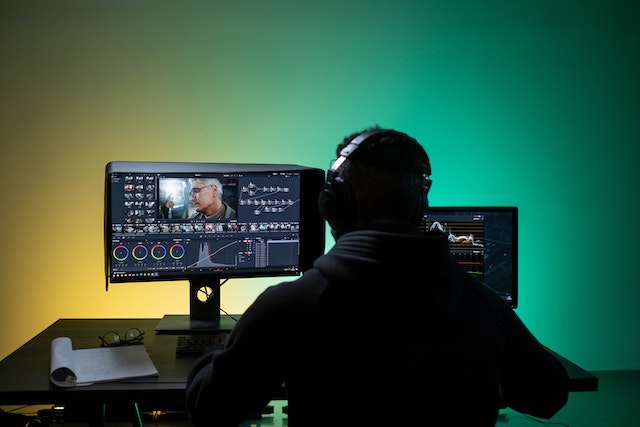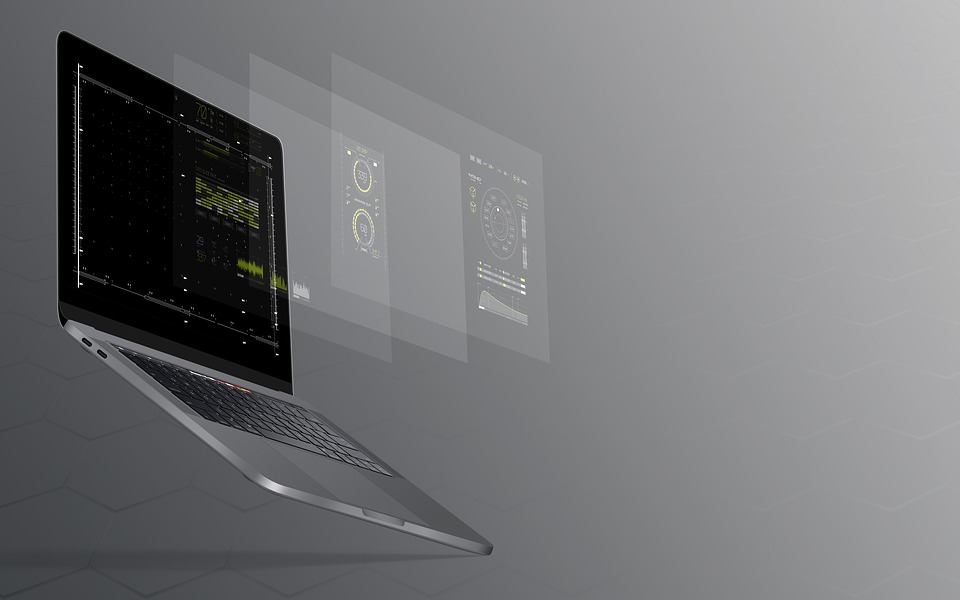
Video editing is a demanding task that requires a powerful computer system that can handle large files and demanding software. With the rise of video content production for digital media and entertainment, the demand for video editing computers has also risen. Most professional video production companies use high-end PC hardware specs to ensure their machines can render high-resolution videos. Choosing the best computer for professional video editing can be a challenging task, especially for those who are not familiar with the technicalities of the process.
In this article, we’ll take a closer look at the essential components of a computer that are important for professional video editing, including CPU, GPU, RAM, storage, and display. By understanding the key components, you’ll be able to make an informed decision when purchasing a computer for video editing.
CPU (Central Processing Unit)
The CPU is the brain of the computer, and it’s responsible for handling the majority of the processing tasks. For video editing, a fast and powerful CPU is essential as it helps to reduce the time it takes to render and export your video projects. A multi-core processor is recommended for professional video editing, as it can handle multiple tasks at once and speed up the editing process. Intel Core i7 and i9 processors are popular choices for video editors, as they provide excellent performance and speed.
GPU (Graphics Processing Unit)
The GPU is responsible for handling graphics-intensive tasks, such as video rendering and playback. A high-performance GPU can significantly improve the performance of video editing software, making the process smoother and faster. NVIDIA and AMD are two of the leading GPU manufacturers, and their graphics cards are popular choices for professional video editors.
RAM (Random Access Memory)
RAM is crucial for video editing, as it allows the computer to handle large video files and complex software. A minimum of 16GB of RAM is recommended for professional video editing, although 32GB or more is ideal for larger projects. The more RAM your computer has, the faster it will be able to handle video files, making the editing process smoother and more efficient.
ALSO READ: Computer Hardware: Business Cards Are Important
Storage
Video files can take up a significant amount of space, so it’s important to have a large and fast storage system. A solid-state drive (SSD) is recommended for video editing, as it provides faster read and write speeds compared to a traditional hard disk drive (HDD). A minimum of 500GB of storage is recommended for professional video editing, although 1TB or more is ideal for larger projects.
Display
A large and high-resolution display is essential for video editing, as it allows you to see the details of your footage and make precise edits. A minimum resolution of 1920×1080 is recommended, although a higher resolution display, such as 4K, is ideal for professional video editors. A display with accurate color reproduction and a high color gamut is also important, as it allows you to accurately judge the color and saturation of your footage.
Conclusion
In conclusion, choosing the best computer for professional video editing is a critical decision that can have a significant impact on the quality and efficiency of your projects. By understanding the essential components of a computer for video editing, you’ll be able to make an informed decision and choose a system that meets your needs. Whether you’re a freelance video editor, or part of a larger production team, a powerful and reliable computer system is essential for professional video editing.
